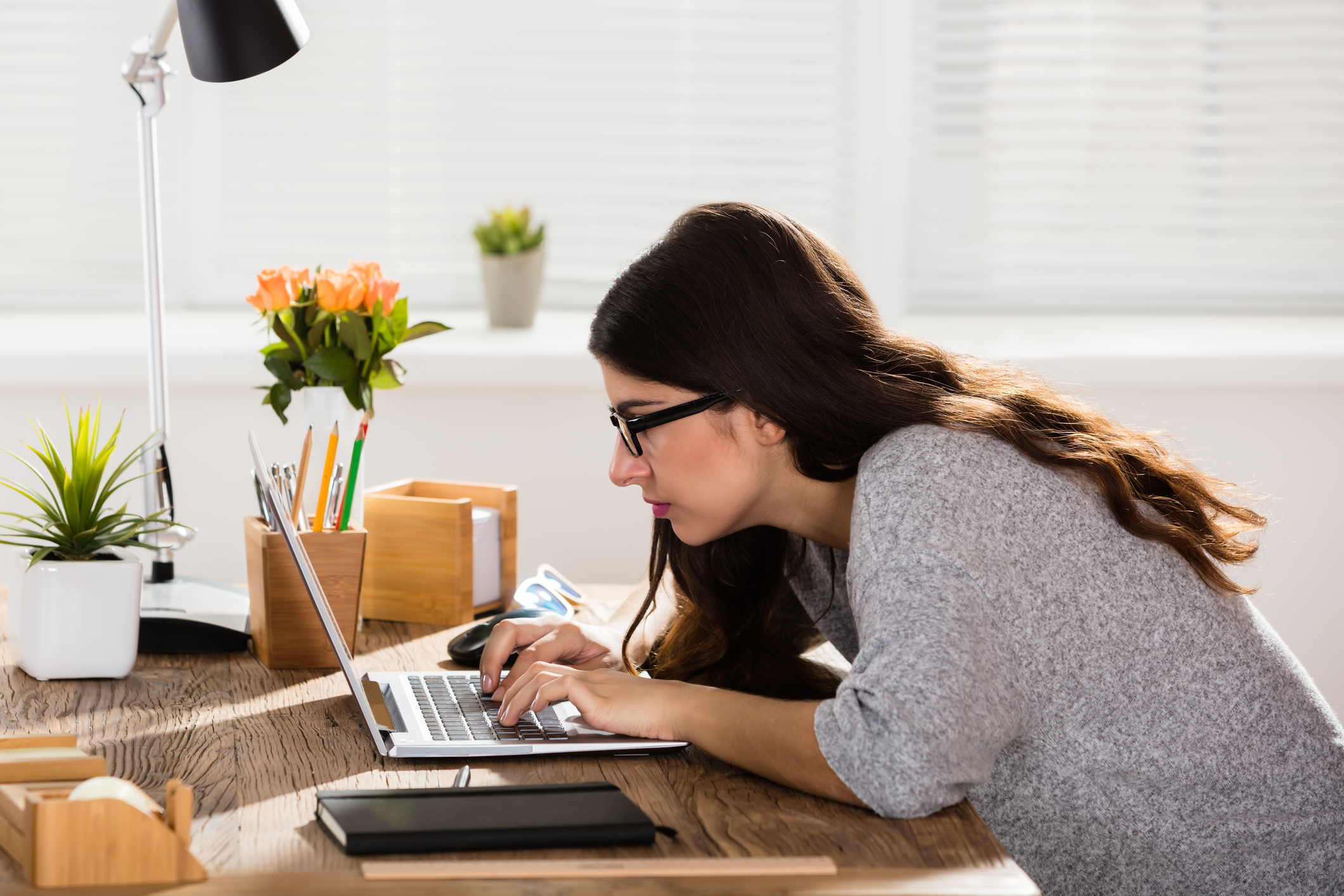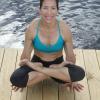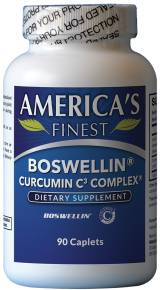Great posture doesn’t happen by chance. It’s built, developed, sculpted over time, and best of all—it can be enjoyed at any age.
“Unless there is a disease process like rheumatoid arthritis that will deliberately curve you over, most people should expect to be as straight at age 80 as age 20,” says John Christman, PhD, creator of Power Posture.
How is this possible? Despite what you may think, youth and genetics have little to do with posture. Staying active and using correct posture throughout the day is what keeps you straight.
What to Avoid
Take a look at people you know with poor posture. Chances are they can check yes to most of the following:
- They don’t exercise and stretch regularly.
- They repeatedly reach forward with their arms throughout the day to type on a computer, steer a car, or do some other type of work.
- They jut the chin forward to look at a computer screen or other object.
- They sit continuously throughout the day—and usually slouch.
It’s no surprise that dentists, physical and massage therapists, people who sit in front of a computer all day, drivers, and pilots are among those that have some of the greatest posture problems, says Dr. Christman.
Thanks to advanced technology most Americans sit more today than we did even 10 or 20 years ago. We sit watching TV, playing video games, and surfing the net. We’ve become prime candidates for the most common posture problems, says Andy Core, MS, president of Core Wellness.
These problems can cause head, neck, shoulder, back, and knee pain.
“It’s a chain reaction,” says Core. “Your body learns to work in a dysfunctional way, which translates from your neck through your back, down to your knees, ankles, and feet.”
Common Posture Problems
Common problems with posture include:
-
Forward Jutting Head
Your earlobe is an inch or more in front of shoulders, caused by activities that require you to continuously look forward or down, as when reading or looking at the TV or computer screen.
-
Rounded Shoulders
A shortening of the chest muscles, caused by repetitive movements done in the front of the body like typing, treating a patient, doing assembly work, or playing a video game.
-
Arched Back
A shortening of the muscles in front of the hips. This is caused by sitting for extended periods.
-
Shortened Calves
A tightening of the muscles on the back of the lower leg, also caused by sitting a lot.
The good news is that poor posture is reversible, says Dr. Christman. Following a proper workout routine and being mindful of good posture throughout the day will straighten the curves you shouldn’t have.
What is Good Posture?
The key is to understand what good posture means.
“Ideally, you should be able to run a plumb line from your earlobes through your outer shoulder joint, through your hip, to a point about one inch or so in front of your ankle while you’re standing relaxed,” he explains.
Earlobe over shoulder over hip: Remember this simple phrase when you’re working, exercising, and even relaxing.
Once you’ve straightened your spine, don’t be surprised if you appear to grow an inch or two. Perfect posture will do wonders for your height, not to mention your self-esteem!
Exercises For Posture
Countering poor posture requires you to stretch muscles that become shortened and to strengthen their opposing muscles, which have become weak, according to the National Academy of Sports Medicine (NASM).
Stretching Exercises
-
Calves (Wall Calf Stretch)
- Facing wall, stand with feet straight in staggered stance.
- Lean against wall with upper body, rear leg extended.
- Maintain straight line from head to heel of back foot; bend arms to move chest toward wall until stretch is felt in back of lower leg.
- Hold 30 seconds.
-
Front of Hips (Kneeling Hip Flexor Stretch)
- Kneel on back leg; bend front leg at 90-degree angle.
- Squeeze butt muscles and shift body forward, maintaining a straight line from earlobes to shoulders to hips.
- Hold 30 seconds.
Note: If pressure on knees causes discomfort, this stretch can be performed standing.
-
Latissimus Dorsi (Ball Latissimus Dorsi Stretch)
- Kneel in front of ball with one arm on ball (thumb pointed up), other hand on ground.
- Reach arm forward to feel stretch along side of torso into lower back.
- Attempt to touch butt to heels while rounding back; hold 30 seconds.
-
Chest (Ball Chest Stretch)
- Kneel to side of a stability ball with one arm supported on ground, and other arm on ball with shoulder and elbow bent 90 degrees.
- Rotate upper body toward support arm; hold 30 seconds.
Strengthening Exercises
After completing the stretches listed above, perform the following exercises to strengthen the weakened, opposing muscles.
-
Floor Bridge (Strengthens butt, neck, and deep abdominal muscles)
- Lie on back with knees bent, feet flat and shoulder-width apart.
- Draw in belly button and squeeze butt muscles.
- Lift pelvis off floor until knees, hips, and shoulders are in line, pushing through heels. Hold for 2 seconds.
- Lower pelvis to floor and repeat 12 times.
Note: Depending on your fitness level, this exercise can also be done on a stability ball.
-
Ball Cobra (Strengthens abdominal, back, and neck muscles)
- Lie with ball under mid-section, feet pointed toward floor and legs straight.
- Extend arms in front of ball.
- Draw in belly button and squeeze butt muscles.
- Pinch shoulder blades back and down to bring arms around to side of body. Hold for 2 seconds.
- Return arms to front of body and repeat 12 times.
Note: To modify this exercise, perform it on the floor without the stability ball.





